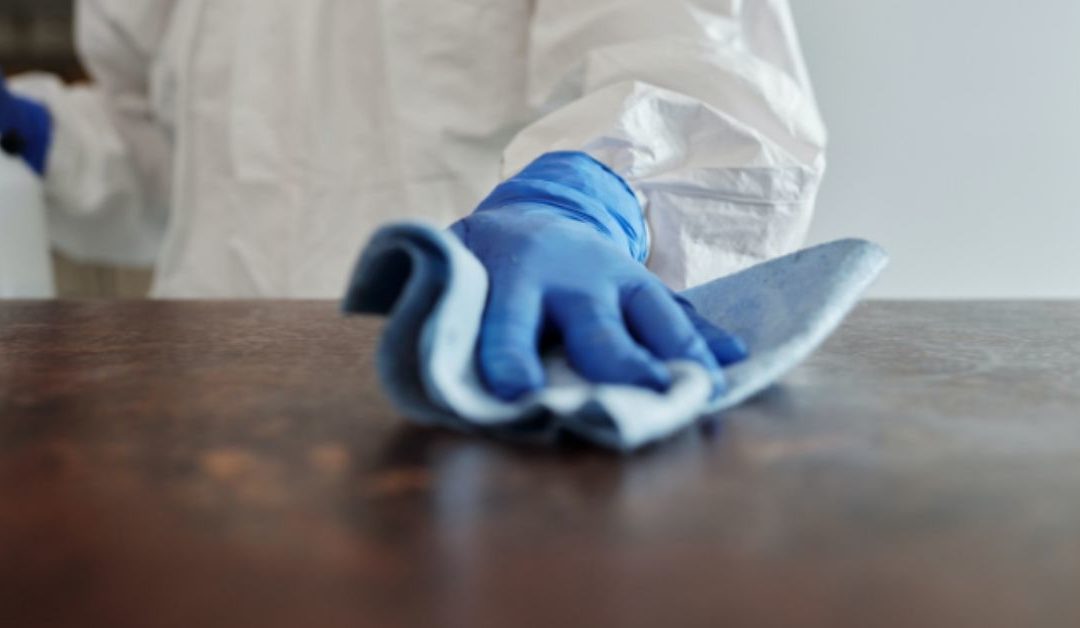UV light disinfection has been around longer than you might think. It was first discovered in 1877 by Arthur Downes and Thomas P. Blunt, two scientists from Britain when they noticed that sunlight killed bacteria during an experiment. The following five decades saw massive innovation and discovery, including the development of a UV disinfection system — specifically in combating public health concerns like infectious diseases.
As UV light disinfection has continued to play an essential role in how scientists and the general population disinfect surfaces and prevent disease, its purpose has become clearly defined. But do most people actually know how it works? Probably not. Here are the basics about UV light disinfection.
UV Light Spectrum
Ultraviolet light, or UV light, represents a small section between visible light and x-rays on the electromagnetic light spectrum that comes from the sun. While UV rays are beneficial for helping us get the vitamin D we need to survive, it’s also known for causing health conditions like blindness, cancer, sunburns, or other skin irritations. Generally, UV radiation is classified in three different ways:
- UV-A is the least potent of all the ultraviolet rays. However, it can cause damage to the skin and DNA.
- UV-B is a mid-wave that has a more significant impact on the skin. When you get a sunburn, you’ve been exposed to UV-B.
- UV-C is the most potent type of ultraviolet ray and, consequently, the most damaging. Because of this, it is used for UV disinfection.
Violet (V) rays are ones we can see with the naked eye. However, they aren’t part of UV light disinfection.
The UV Light Disinfection Process
Dosing is an exact method used to determine which type of UV lamp works best for different surfaces, considering both the intensity and amount of time the area is exposed to UV light. Once this is determined, the disinfection process begins. UV radiation is absorbed within the DNA of whatever it is applied to, causing destruction of any living structure inside of it. This means that bacteria, viruses, and other harmful particles are eliminated within a short period of exposure to UV light.
Because UV light is so intense, it is an effective disinfection method for a variety of surfaces or environments, including:
- Air: UV light helps disinfect stagnant air, allowing particles like mold or mildew to build up on crowded, damp surfaces.
- Water: Using UV light to disinfect water allows processing plants to avoid adding any harsh chemicals to their systems. It’s even used to make wastewater less potent.
- Surface: Like many disinfectant methods, UV light is used to clean flat surfaces like countertops or floors. This is especially helpful in spaces that need to remain sterile, like a healthcare or research facility.
- Equipment: Keeping equipment clean is easy with UV light, as it is easily used to disinfect large batches of items like test tubes, medical tools, and more.
- Edible items: UV light is also safe to use with foods. In large manufacturing plants, UV light is used to clean foods and beverages without the hassle of sterilizing each one individually.
Sterilumen’s UV Light Disinfection System
At Setrilumen, we believe in providing businesses in various industries with purification and surface disinfectant systems that are green, safe, and energy efficient. Our Lumicide™ disinfectant system rids areas of viruses and other bacteria using in-drain technology. To learn more about Lumicide™ and what else we offer, visit our website and schedule a time to talk with a team member.


Recent Comments